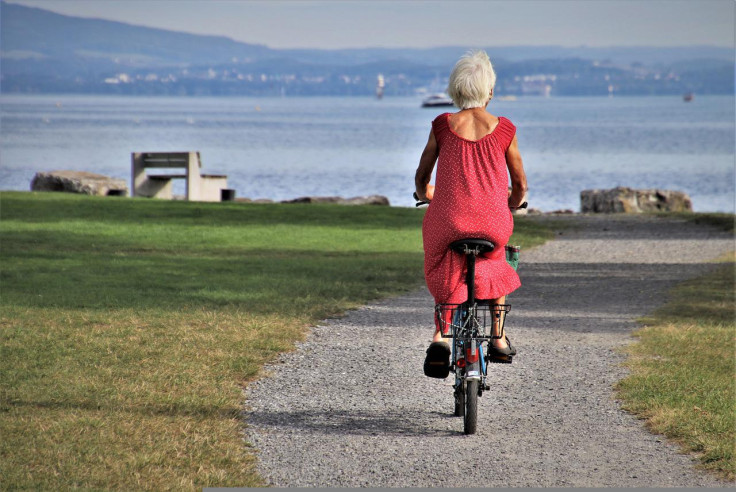Engaging In Leisure Activities Like Running Could Help Lower Death Risk In Elderly
KEY POINTS
- Researchers looked at activities such as swimming, cycling and racquet sports
- Racquet sports and running were associated with the highest dip in mortality risk
- Even those who were only moderately active had a 5% reduction in mortality risk
Everyone has physical activity needs to maintain good health and increase longevity, including older adults. Researchers have now found that some types of leisure activities can help lower the risk of death in the elderly.
In a study, published Wednesday in JAMA Network Open, researchers tried to find out whether there are different leisure activities that can affect older adults' mortality risk.
"Despite the strong evidence of the beneficial role of physical activity in longevity, less is known about how engaging in the same amount of different leisure time activity types (such as running and cycling) are associated with mortality risks and whether some activities are associated with a greater benefit than others," they wrote.
The team looked at the data of 272,550 adults, aged between 59 and 82 years, who completed a questionnaire about their leisure-time activities, the National Cancer Institute noted in a news release. They focused on seven leisure activities – running, cycling, swimming, racquet sports, golf, walking and other aerobic activities.
Researchers found that all the types of activities were associated with lower mortality risk, with "any" combination of these activities leading to a 13% lower death risk. The highest reduction in mortality risks was found with racquet sports (16% reduction) and running (15% reduction).
Engaging in racquet sports was also linked to the highest (27%) reduction in cardiovascular death risk, while running was associated with the highest (19%) reduction in cancer death risk.
"These activities both require synchronized action from many muscles for correct form, and racquet sports also require hand-eye coordination and intermittent bursts of very high intensity, which may additionally improve physical functioning," the researchers wrote, noting that such "combination types of action" are in line with the physical activity guidelines.
According to the Physical Activity Guidelines for Americans, adults should have "at least" 150 to 300 minutes of moderate-intensity or 75 minutes of vigorous physical activity per week. The same guidelines apply to older adults, who are also recommended to have a "multicomponent" physical activity routine, which includes balance, aerobic and muscle-strengthening activities.
Elderly people who cannot complete 150 minutes of moderate-intensity aerobic activity per week should try to remain physically active "as their abilities and conditions allow."
Those who were the most physically active and even exceeded these recommendations naturally had higher reductions in their mortality risks, according to the National Cancer Institute. And even those who were only moderately active in a combination of the seven activities saw a 5% lower risk of all-cause mortality compared to those who didn't participate in any of them.
"Our findings that all types of activities are associated with greater longevity support the evidence that leisure time physical activity can reduce the risk of mortality," the researchers wrote. "Although we found differences in associations between activities, participation in any of the activities was associated with lower mortality in comparison with those who did not participate in each activity, including moderate-intensity activities."

© Copyright IBTimes 2024. All rights reserved.






















